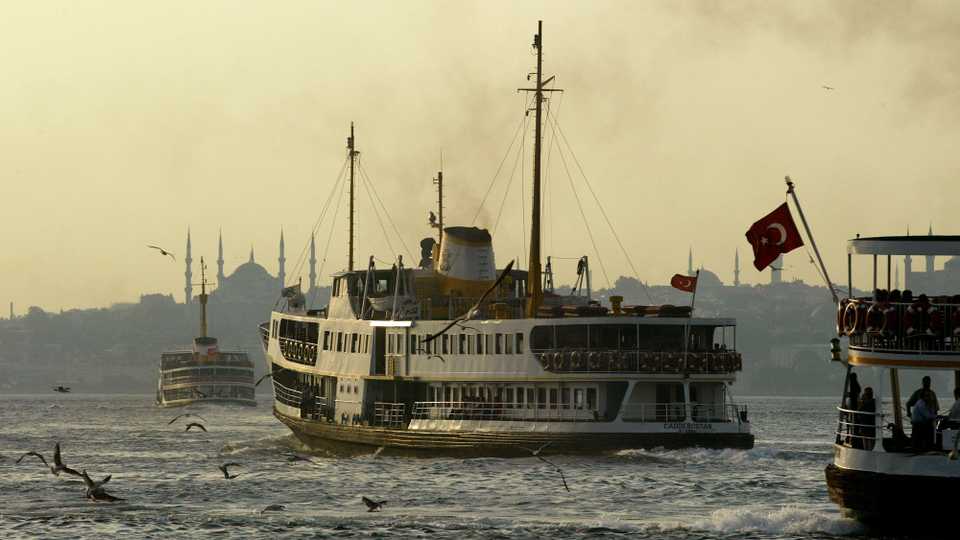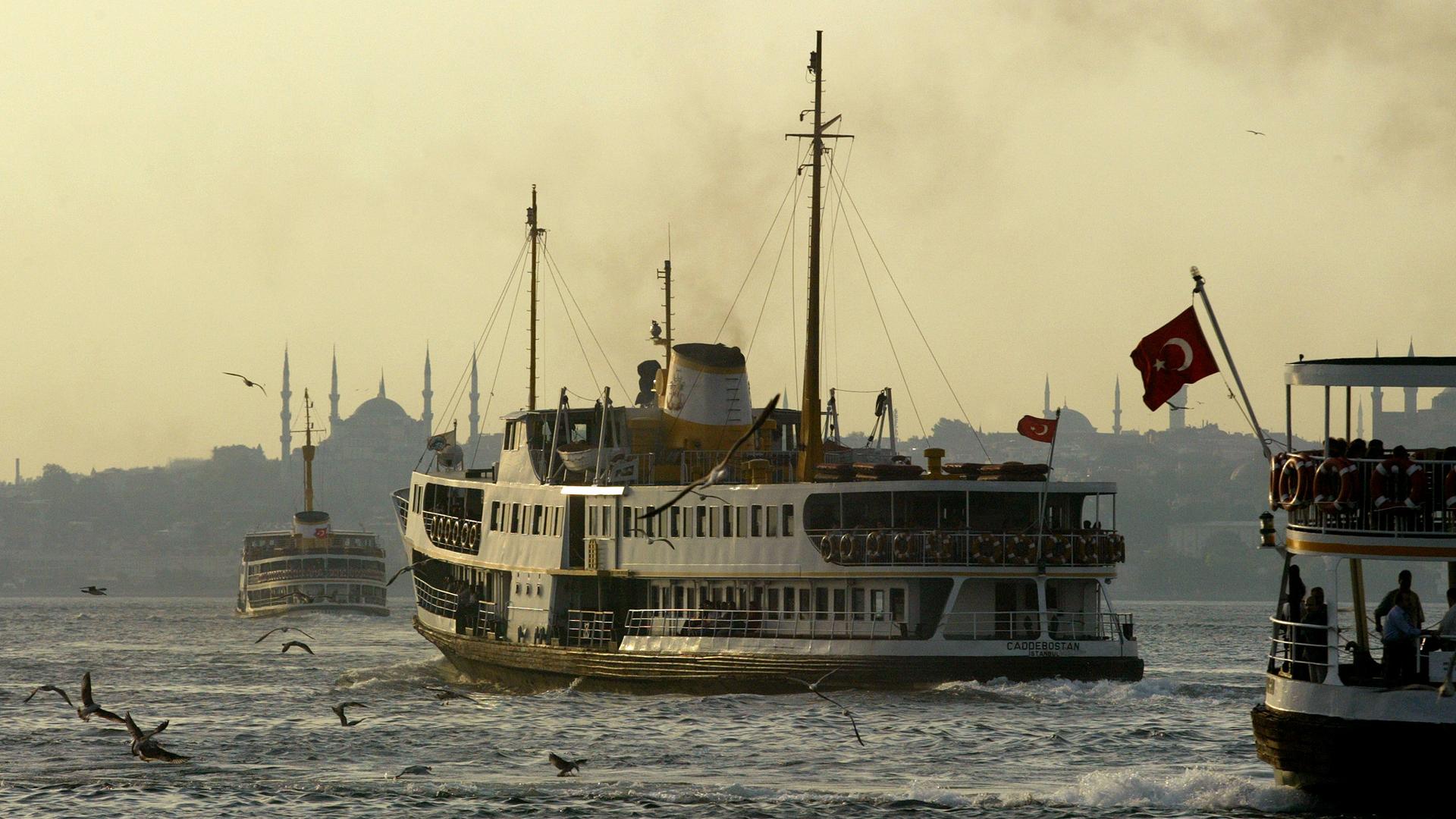
A high-level European Union (EU) delegation is in Istanbul on Thursday to hold investment and trade talks with Turkish officials.
Known as the High Level Economic Dialogue, the discussions are part of a series of meetings started in 2015 to iron out differences over a complex set of issues concerning trade and investment.
The EU side is led by European Commission Vice President Jyrki Katainen, while Turkey is represented by Treasury and Finance Minister Berat Albayrak.
Besides the trade talks, the two sides will sign an agreement for a $1.1 billion railway line which includes an EU grant of around $313 million, one of the largest it has ever made in Turkey.
The Halkali Kapikule line will connect Turkey’s high speed railways with Europe. As well as facilitating passenger traffic, it aims to cut down transportation time for freight.
The project is being financed under the Instrument for Pre-Accession Assistance, a fund that the EU uses to promote reforms in countries that might one day join the union.
But the most contentious topic on the table is the Customs Union (CU), the backbone of Turkey’s economic integration with its European neighbours.
What is the Customs Union?
The CU agreement marked the culmination of a long wait for Turkey to be part of the single European market. It was meant to ensure the smooth flow of manufactured goods between Turkey and EU member states.
Talks on the CU began in 1963 but it took more than 30 years to reach an agreement.
It eliminated tariffs on the trade of goods and allowed Turkish cars, precision instruments, yachts, jeans, refrigerators, and many other products to move freely across the border with the EU.
The CU has helped increase the volume of trade between Turkey and EU from $37 billion in 1996 to over $164 billion in 2018. The EU is Turkey’s largest trading partner.
European companies have invested billions of dollars in manufacturing hubs in Bursa and Istanbul, bringing with them not just the technology but also world-class manufacturing standards.
Since the early 2000s, when the effects of the CU started to trickle in, Turkey’s global exports have jumped from $31 billion in 2001 to $168 billion last year.
But the agreement now requires changes.
Where are the bottlenecks?
In recent years, the EU has signed Free Trade Agreements (FTA) with other countries, including Japan, leaving Turkey in the cold.
That makes it easier for Japanese cars and appliances to be imported without any duties not just into the EU but also Turkey due to the CU.
While European firms will in turn get similar preferential access to Japan, Turkish goods won’t get the same benefits, since Ankara is not part of the 28-country grouping.
The EU has more than 30 active FTAs with various countries — all of which can send goods to Turkey without having to pay taxes.
In its current shape, the CU only covers trade in manufactured goods. The Turkish government is pushing for an amended CU deal that includes trade in services, e-commerce and public procurement.
Turkish fruit and vegetable exporters complain that their goods face non-tariff barriers such as transit fees for trucks.
“[Turkey] also wants to simplify procedures for Turkish goods vehicles at the borders with Bulgaria and Greece and when transiting between EU states,” Chatham House wrote in a briefing paper.
The CU was a stepping stone for Turkey’s eventual inclusion into the EU. Those talks progressed slowly and have almost come to a standstill since Ankara was granted candidate status in 2005.










Discussion about this post